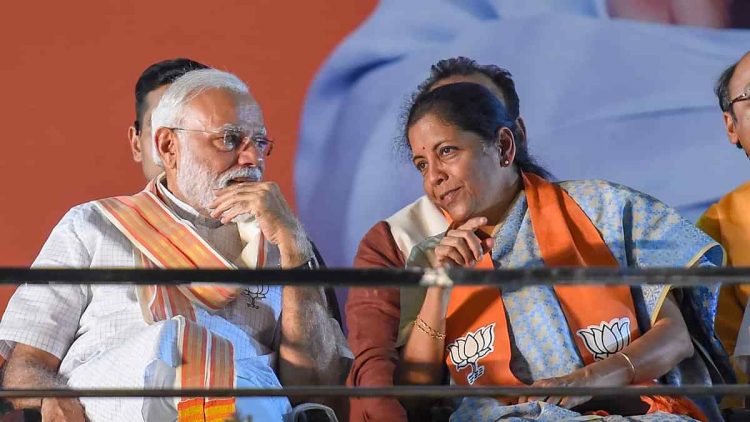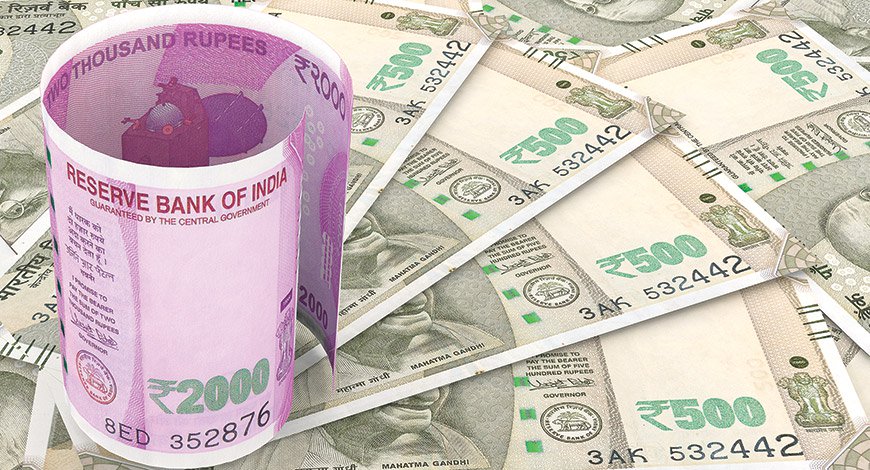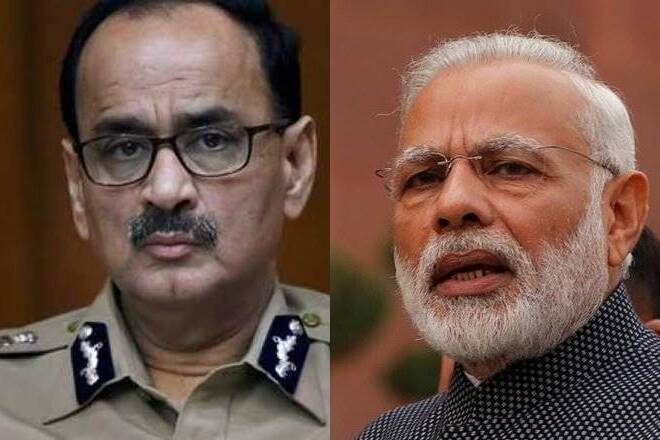The long time GST dues that the centre government which collected tax directly from states has come out with a hairsplitting proposal to the states
The BJP led Modi government in Centre on Thursday offered the states two options to plug a shortfall in their Goods and Services Tax (GST) revenue, estimated at Rs 2.35 lakh crore in the financial year that ends in March 2021.
The hairsplitting Option one is
The states can borrow Rs 97,000 crore at a reasonable interest rate from a special window that will be opened by the central government in consultation with the Reserve Bank of India (RBI), and repay the amount from the cess charged on luxury and sin goods such as liquor, cigarettes, aerated water and automobiles, after the GST regime completes five years of implementation in June 2022.
The hairsplitting Option two is
The states to borrow the entire Rs 2.35 lakh crore in consultation with the central bank.
“We told them that we will facilitate talking with RBI and help getting G security-linked interest rates so that each state does not have to struggle for loans,” finance minister Sitharaman said after a five-hour 41st meeting of the GST Council, which is headed by her and comprises state finance ministers.
Modi government given State governments were given a week to make a choice triggering angry reactions from Opposition-ruled states that they said the decisions was thrust upon them.
The angry Opposition-ruled states insisted that the Centre borrow the money instead and compensate the states for the shortfall.
The options spelled out by Sitharaman will be available only for this financial year. In April 2021, the Council will review and decide action for the fifth year.
The GST Council meeting was called to discuss the single-point agenda of compensating states.
The Centre also took the opinion of Attorney General K K Venugopal, who advised against taking recourse to the consolidated fund of India for compensating states.
Governments both the Centre and states collected Rs 21,747 crore from the compensation cess in the first four months of FY21, which was two-thirds of the Rs 32,796 crore mopped up in the corresponding period of FY20.
In fact, collections were muted in the last financial year too. The collection was Rs 95,000 crore but states were given Rs 1.65 trillion after dipping into excess collections from cess of previous years.
When the new indirect tax regime came into force in July 2017, states were assured a 14% increase in their annual revenue for five years (up to 2022) and that any shortfall would be made good through the compensation cess levied on luxury goods and sin products.
Both GST and cess collections have slumped this year mainly on account of the Covid-19 pandemic.









